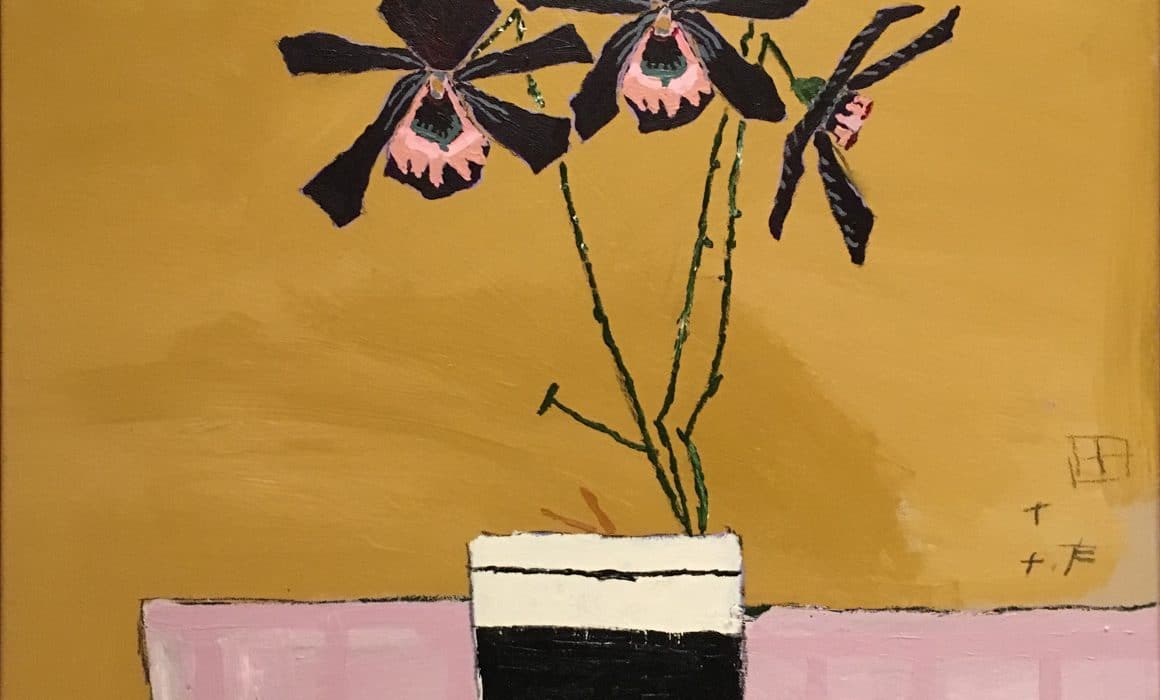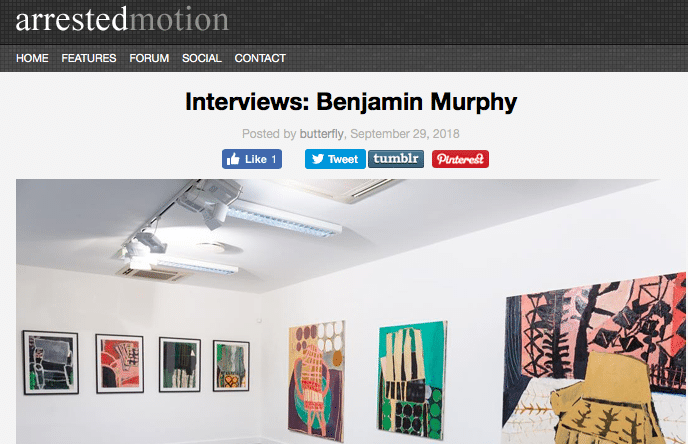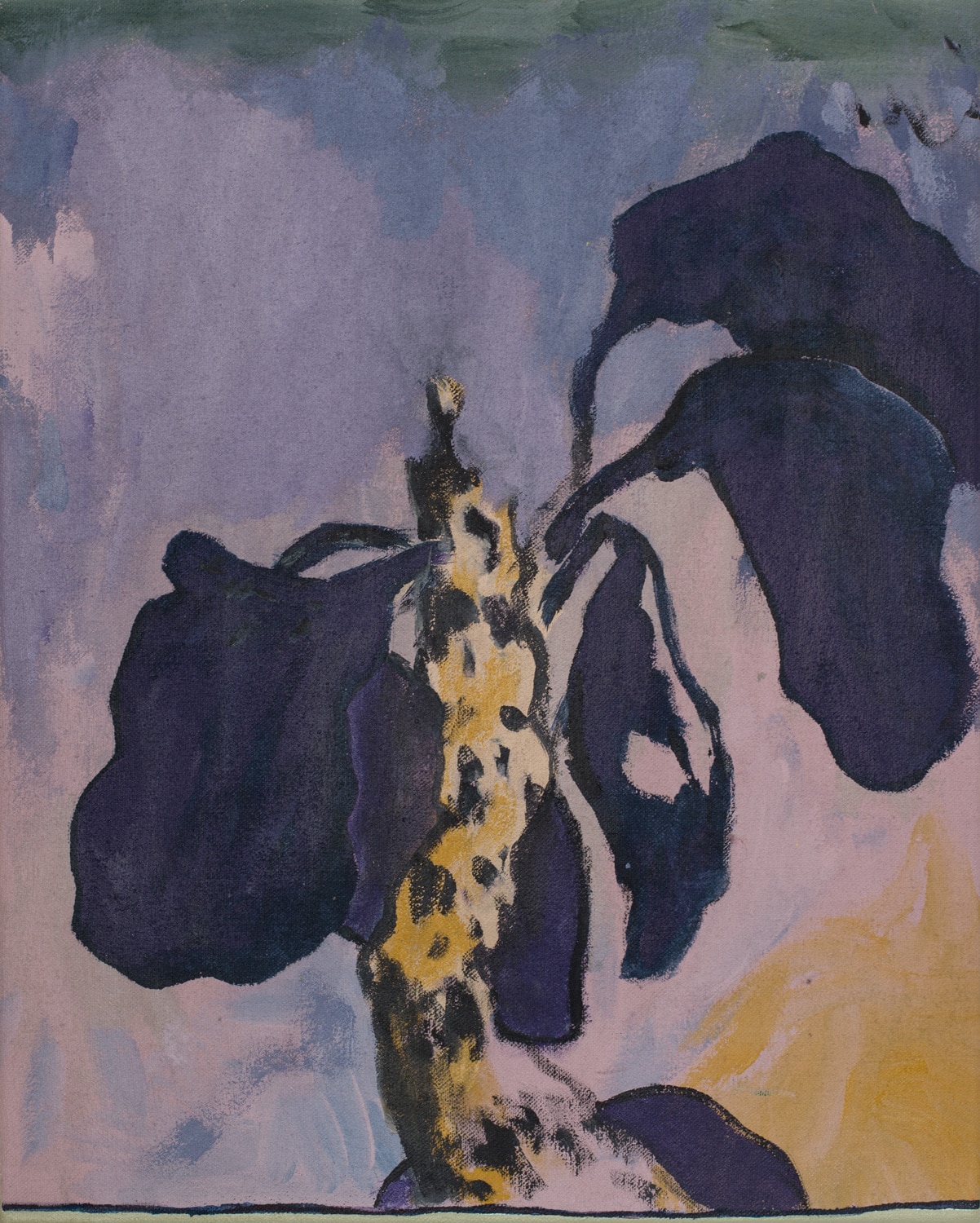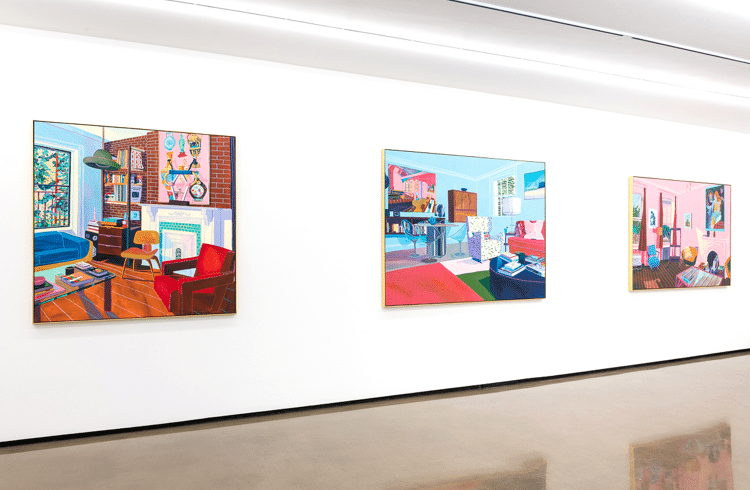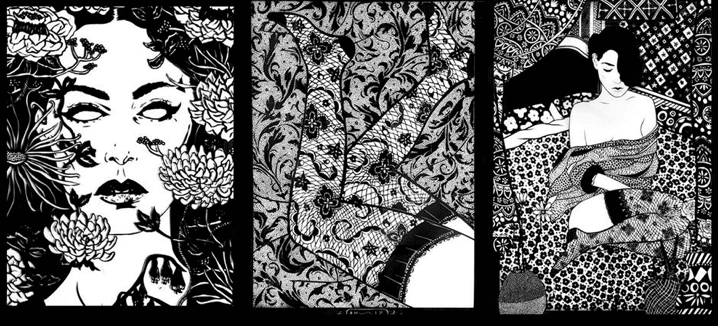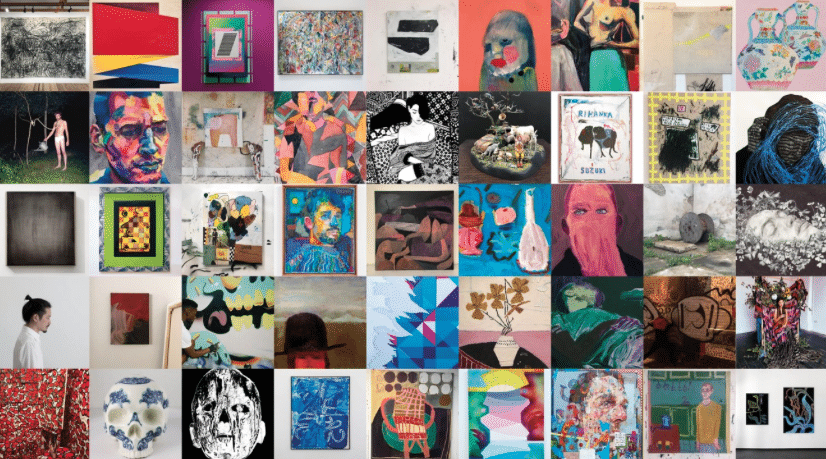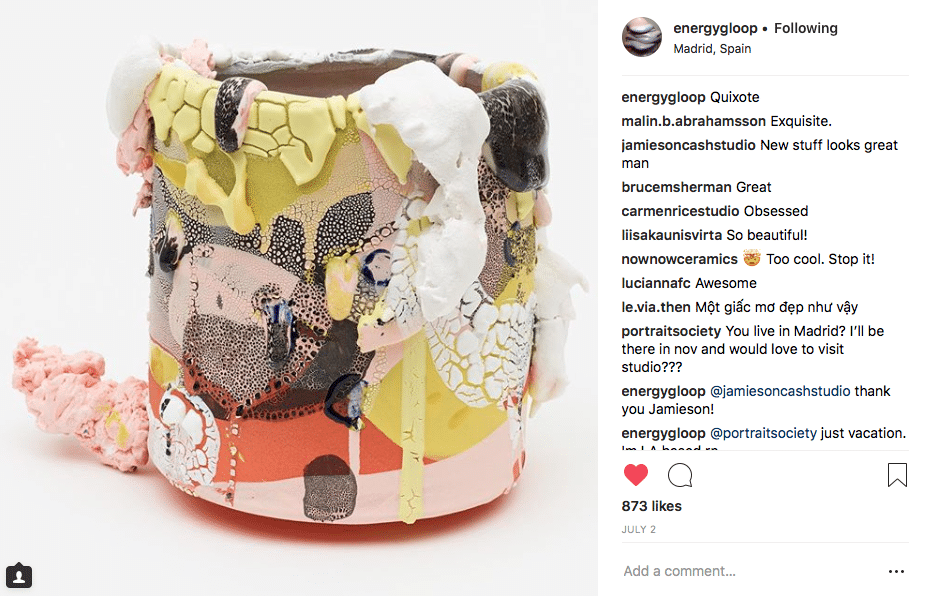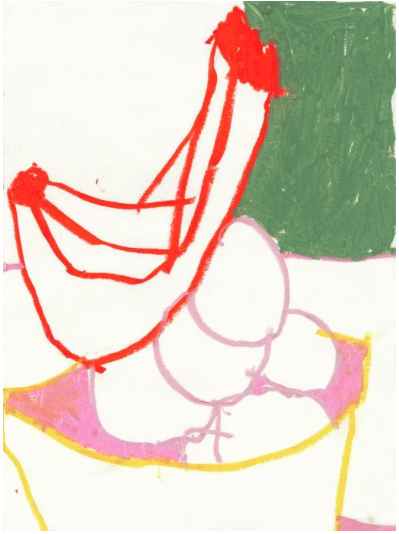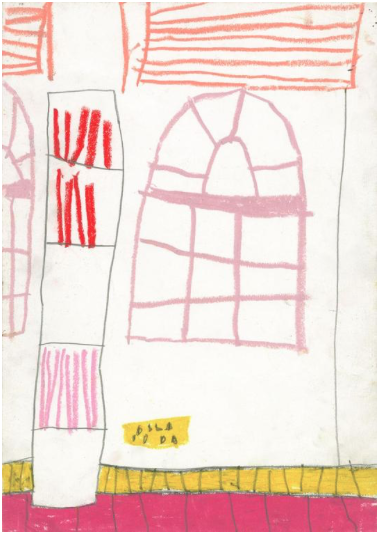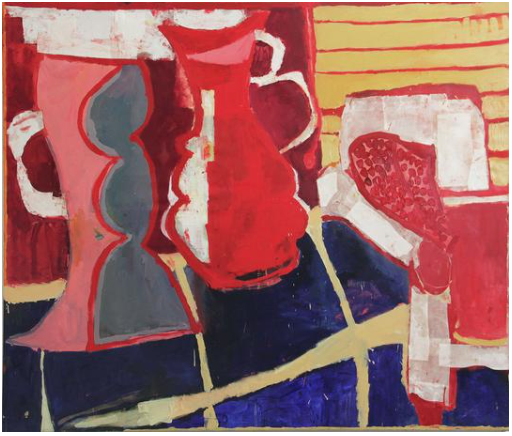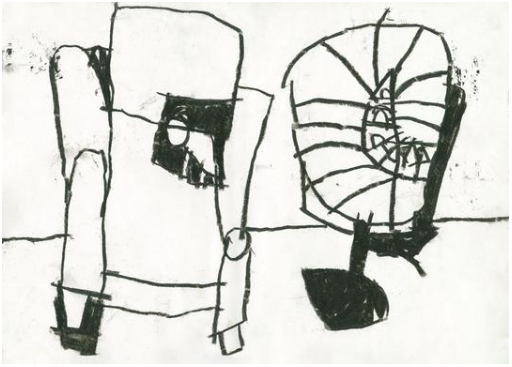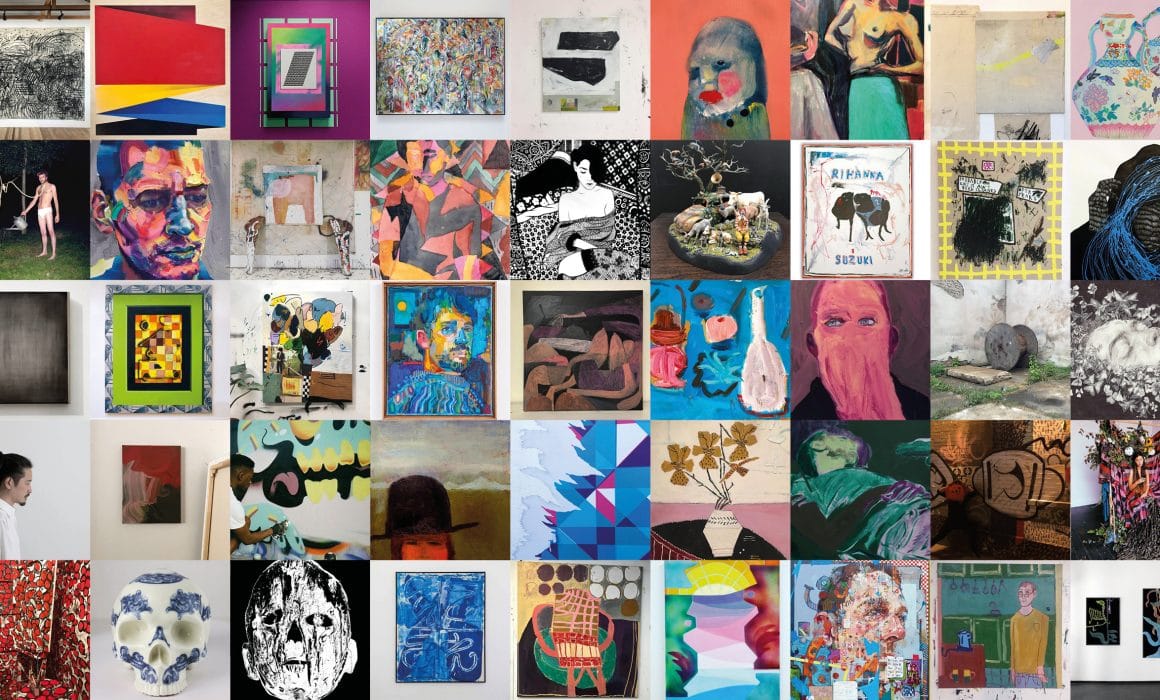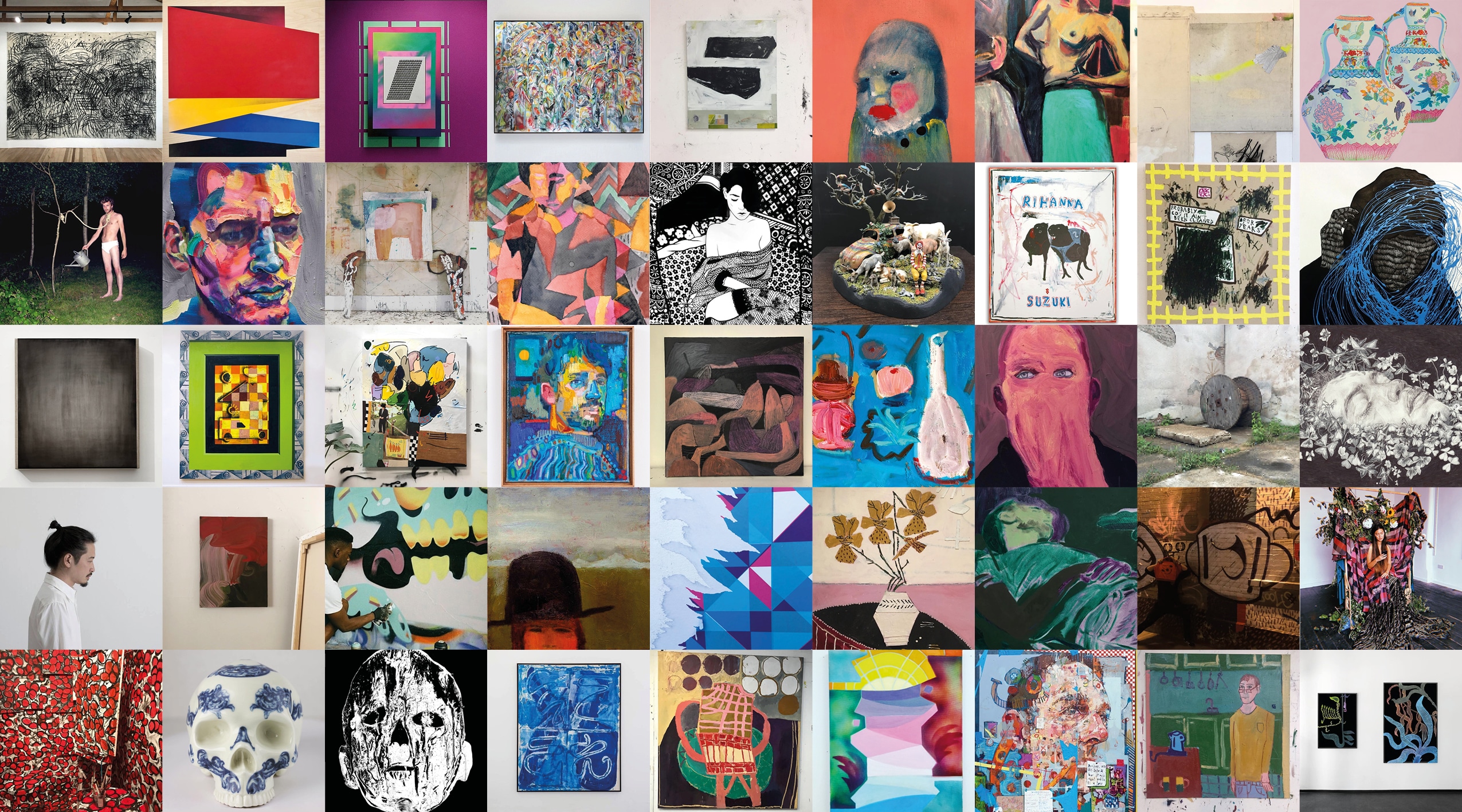Jordy Kerwick Announcement
We are very excited to announce that we will be hosting Jordy Kerwick’s first ever UK solo show this December!
More info will be released soon, but if you would like to register your interest in purchasing a painting or print, please email info@delphiangallery.com

Jordy Kerwick
For more works like the one above, check out his work HERE, and to learn more about his amazing work go HERE

